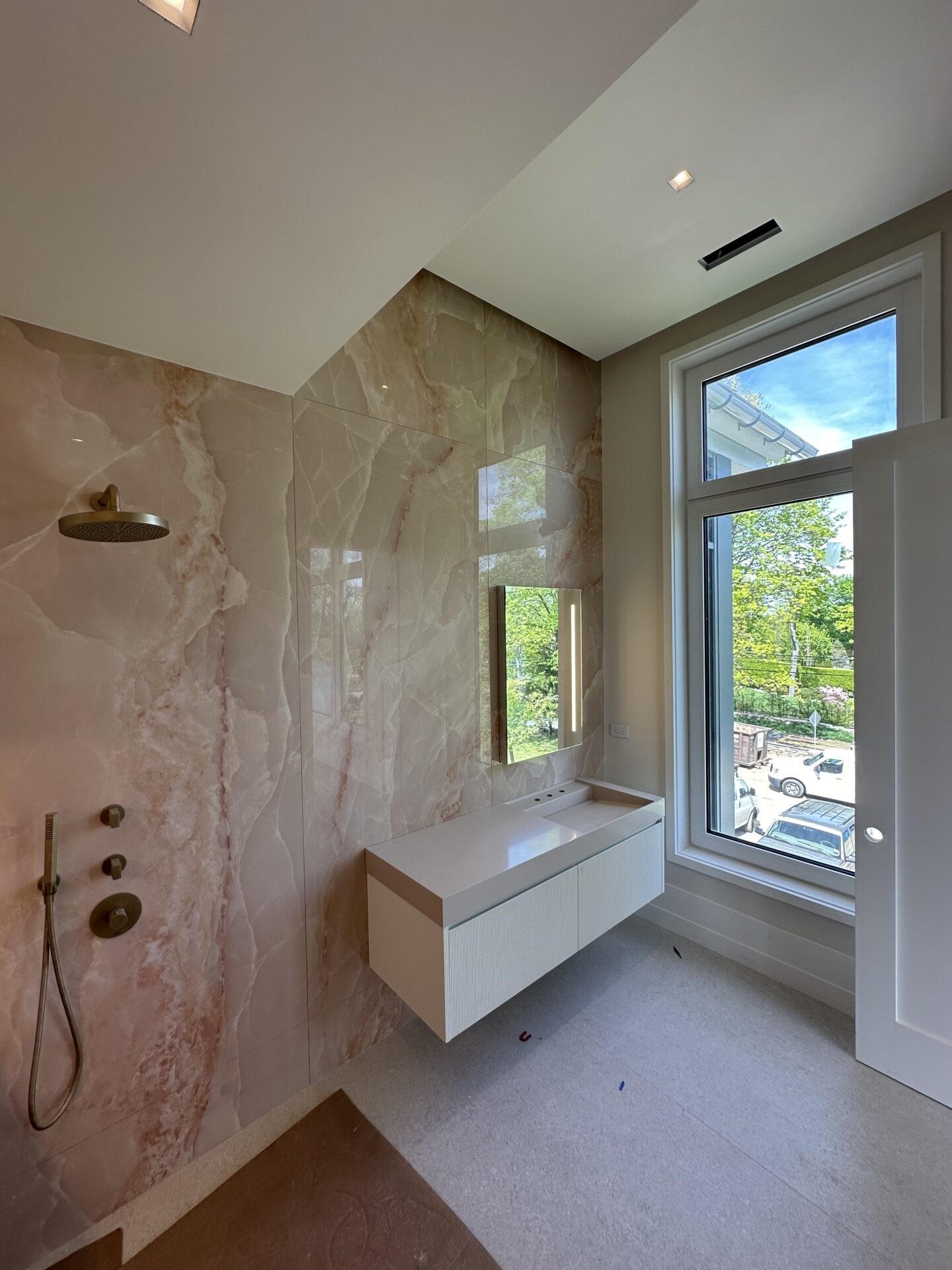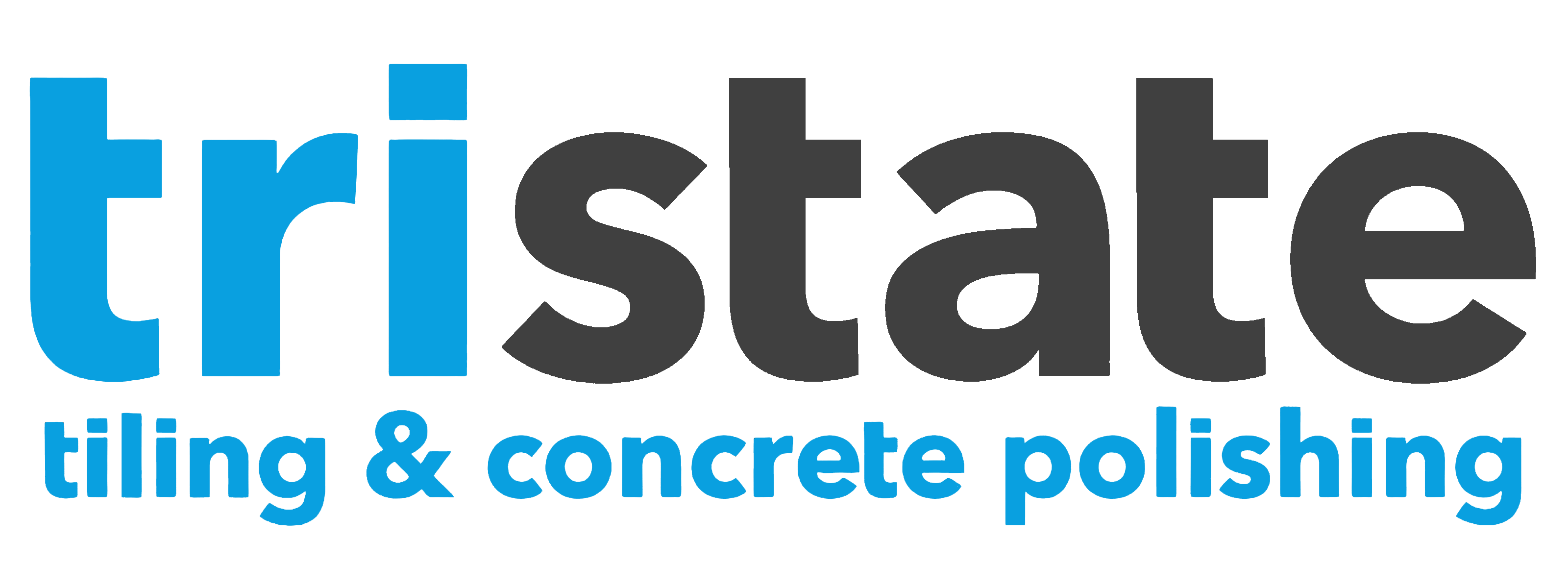
Living in Connecticut means your tiles face a unique challenge – surviving everything from scorching summer humidity to freezing winter storms. The tile lifespan in your home isn’t just about the material you choose; it’s about how well that material handles our New England weather roller coaster.
Here’s something most people don’t realize: Connecticut’s freeze-thaw cycles are tile killers. Water seeps into tiny cracks, freezes, expands, and can destroy tiles that would last decades in milder climates. But with the right materials and proper installation from experts like TriState Tiling, your tiles can handle whatever Mother Nature throws at them.
Understanding Connecticut’s Climate Impact on Tiles
Connecticut’s climate is like that friend who can’t decide what to wear – constantly changing and sometimes extreme. We experience summer temperatures hitting 90°F with high humidity, and winter lows dropping below zero. This dramatic temperature swing creates thermal stress on tiles that can significantly impact their lifespan.
The real troublemaker is our freeze-thaw cycle. We average about 100 freeze-thaw cycles per year – that’s 100 times water can get into tiny spaces, freeze, expand by 9%, and potentially cause cracks. Indoor tiles are protected, but outdoor tiles and those near exterior walls need special consideration.
The Humidity Factor
Humidity is another silent tile destroyer in Connecticut. Our summer humidity levels often exceed 70%, and all that moisture can penetrate porous tiles and unsealed grout. This leads to mold, mildew, and deterioration from the inside out.
Add in salt from winter road treatments, acid rain, and the occasional nor’easter, and you’ve got conditions that test every tile’s durability. Understanding these factors helps you choose materials that will last decades, not just years.
Porcelain and Ceramic Tiles: The Reliable Workhorses
Porcelain tiles are the marathon runners of the tile world – they just keep going. Indoors, quality porcelain tiles easily last 50 to 75 years. What makes them so tough? They’re fired at 2,300°F, creating incredible density with water absorption below 0.5%.
Ceramic tiles typically last 25 to 50 years indoors. While not as dense as porcelain, glazed ceramic tiles offer excellent durability for most indoor applications. The glaze protects the clay body from moisture and stains, though they’re not recommended for Connecticut outdoor use.
Best Applications for Each Type
Use porcelain in high-moisture areas like bathrooms, kitchens, and entryways. Ceramic works beautifully in living rooms and bedrooms where moisture isn’t a concern.
Both materials handle indoor climate fluctuations well and resist scratching from winter sand and salt. Just remember – quality installation matters as much as the tile itself for maximizing tile lifespan.
Natural Stone: Century-Long Beauty with Proper Care
Natural stone tiles can last centuries when properly maintained. Granite, our toughest option, literally laughs at Connecticut weather. With density and porosity under 1%, it’s nearly impervious to freeze-thaw damage even outdoors.
Marble and limestone tell a different story. While lasting 50-100+ years indoors with proper care, they’re vulnerable to acid rain and de-icing salts. Regular sealing every 1-2 years is essential for longevity.
Slate and Travertine Performance
Slate can last 75-100 years but its layer structure makes it vulnerable to freeze-thaw splitting if water infiltrates. Quality installation is crucial for preventing water penetration.
Travertine requires filling and sealing to prevent water infiltration but provides 50+ years of service when maintained. The key with all natural stone: seal it, maintain it, and it will outlast most other materials in your home.
Glass and Specialty Tiles: Modern Options for Connecticut Homes
Glass tiles offer surprising durability – completely non-porous with zero water absorption. Quality glass tiles typically last 30 to 50 years, immune to freeze-thaw damage when properly installed with the right adhesives.
Metal tiles vary in longevity: stainless steel lasts 100+ years, copper develops beautiful patina over 80+ years, while aluminum shows wear after 20-30 years in high-traffic areas. Each offers unique aesthetic benefits for Connecticut homes.
Innovation in Tile Technology
Large-format porcelain slabs with fewer grout lines can extend lifespan by 20-30% compared to traditional sizes. These mega-tiles minimize weak points in any installation.
Recycled glass and cement tiles are gaining popularity, offering 30-50 year lifespans while being environmentally conscious choices that handle our climate well. These options prove you don’t have to sacrifice tile lifespan for sustainability.
Tile Lifespan in Connecticut Climate
Expected Tile Longevity
Factors Affecting Tile Lifespan in CT
Maximizing Tile Lifespan in Connecticut
The secret to maximizing tile lifespan isn’t complicated – it’s about being proactive. Start with proper installation by experienced professionals like TriState Tiling who understand our climate. This means frost-resistant adhesives, waterproofing membranes, and expansion joints for thermal movement.
Sealing is your tiles’ best defense. Natural stone needs sealing upon installation and resealing every 1-2 years. Even porcelain and ceramic benefit from annual grout sealing. Use quality penetrating sealers that repel water while allowing tiles to breathe.
Maintenance Best Practices
Clean tiles weekly with pH-neutral cleaners. Address cracks immediately to prevent water infiltration. In winter, use calcium chloride instead of rock salt on outdoor tiles.
Place mats at entrances to reduce tracked-in salt and grit. These simple steps can add 20-30 years to your tiles’ life – a small effort for such a significant return on your investment.
Indoor vs. Outdoor Tile Durability
Indoor tiles live a pampered life – consistent 65-75°F temperatures, controlled humidity, no direct weather. Even delicate marble can last 50-100 years indoors. The main threats are foot traffic and cleaning chemicals, both easily managed.
Outdoor tiles face Connecticut’s full fury – 100+ degree temperature swings annually, freeze-thaw cycles, UV radiation. This demands tougher materials with water absorption below 3% and slip resistance for safety.
Transition Zone Considerations
Mudrooms and entryways require special attention. These areas experience temperature fluctuations and moisture from both inside and outside. Choose outdoor-rated tiles even for these technically indoor spaces.
Commercial-grade porcelain or sealed natural stone work best here, providing 40-60 years of service with proper maintenance. Don’t compromise on quality in these high-stress areas.
Cost vs. Longevity: Making Smart Investments
Think in terms of cost per year, not just upfront price. Budget ceramic at $2/sq ft lasting 25 years costs $0.08 per year. Premium porcelain at $8/sq ft lasting 75 years? Just $0.11 per year – barely more for triple the lifespan.
Factor in maintenance costs too. Ceramic and porcelain need minimal maintenance – maybe $50 annually. Natural stone requires $200-300 yearly for sealing and cleaners, but returns 70-80% at resale versus ceramic’s 50-60%.
Strategic Investment Approach
Invest in quality tiles for high-traffic areas like kitchens and main bathrooms where longevity matters most. Save budget options for guest rooms or minimal-use areas.
This strategic approach balances upfront costs with long-term value, ensuring maximum lifespan where it counts while controlling overall project costs. Smart planning today saves thousands tomorrow.
Signs It’s Time to Replace Your Tiles
Cracked or chipped tiles are obvious replacement candidates. Multiple damaged tiles indicate underlying issues like foundation movement requiring comprehensive renovation, not just patching.
Less obvious signs include repeatedly failing grout, hollow-sounding tiles (indicating adhesive failure), or persistent moisture issues. If repair costs exceed 30% of replacement cost, it’s time for new tiles.
Strategic Replacement Timing
Plan replacements during Connecticut’s mild seasons (late spring or early fall) when contractors have more availability. Combine with other renovations to save on mobilization costs.
Don’t wait until tiles fail completely – water damage from failed tiles costs far more than proactive replacement. Stay ahead of problems to protect your investment.
Professional Installation: The Key to Longevity
Installation quality affects tile lifespan more than the material itself. The best granite installed poorly might last 10 years, while mid-grade porcelain installed expertly could last 75. Professionals understand substrate preparation, moisture barriers, and proper adhesive selection.
They spot problems before they become disasters – leveling uneven subfloors, installing vapor barriers, knowing which adhesives work in freezing conditions. Their expertise prevents the issues that destroy tiles prematurely.
The Warranty Advantage
Most manufacturers void warranties if tiles aren’t installed to specifications. Professional installers provide workmanship warranties and carry insurance, protecting your investment.
When you factor in tool costs, learning curves, and mistake risks, professional installation by companies like TriState Tiling delivers dramatically better longevity for barely more than DIY costs.
Climate-Specific Material Recommendations
For Connecticut’s coastal areas with salt air exposure, choose porcelain or sealed granite. These materials resist salt corrosion that destroys lesser tiles within years.
Inland areas with more extreme temperature swings benefit from tiles with thermal stability – porcelain and properly sealed slate perform excellently in these conditions.
Seasonal Considerations
North-facing outdoor areas that stay wet and frozen longer need tiles with exceptional freeze-thaw resistance. Porcelain pavers or granite are your only reliable options here.
South-facing areas with more sun exposure can handle a wider range of materials, but UV-resistant options prevent fading and maintain appearance longer. Consider these factors when selecting tiles for maximum lifespan.
The Environmental Impact on Tile Longevity
Connecticut’s acid rain (pH around 4.5) slowly dissolves calcium-based stones like marble and limestone. While indoor exposure is minimal, outdoor limestone can lose 1-2mm per decade.
Urban areas with more air pollution see faster tile degradation, especially on light-colored materials that show staining. Rural areas offer better conditions for tile longevity but may face more extreme temperature swings.
Protecting Against Environmental Damage
Use penetrating sealers specifically designed for acid resistance on vulnerable stones. Apply anti-graffiti coatings in urban areas to prevent staining and ease cleaning.
Regular professional cleaning removes pollutants before they cause permanent damage. This proactive approach maintains both appearance and structural integrity for decades longer.
FAQs
Which tiles last longest in Connecticut’s freeze-thaw cycles?
Porcelain tiles with water absorption below 0.5% and natural granite perform best, lasting 50-100+ years. These materials resist water penetration, preventing expansion damage during winter freezing.
How often should I seal natural stone tiles in Connecticut?
Natural stone tiles need sealing every 12-24 months, with high-traffic and outdoor areas requiring annual sealing. Test by dropping water on the tile – if it doesn’t bead up, it’s time to reseal.
Can outdoor tiles in Connecticut last as long as indoor tiles?
Outdoor tiles typically last 40-60% as long as indoor tiles due to weather exposure, but freeze-thaw resistant materials like porcelain pavers or granite achieve 25-50+ years outdoors with proper installation and maintenance.
